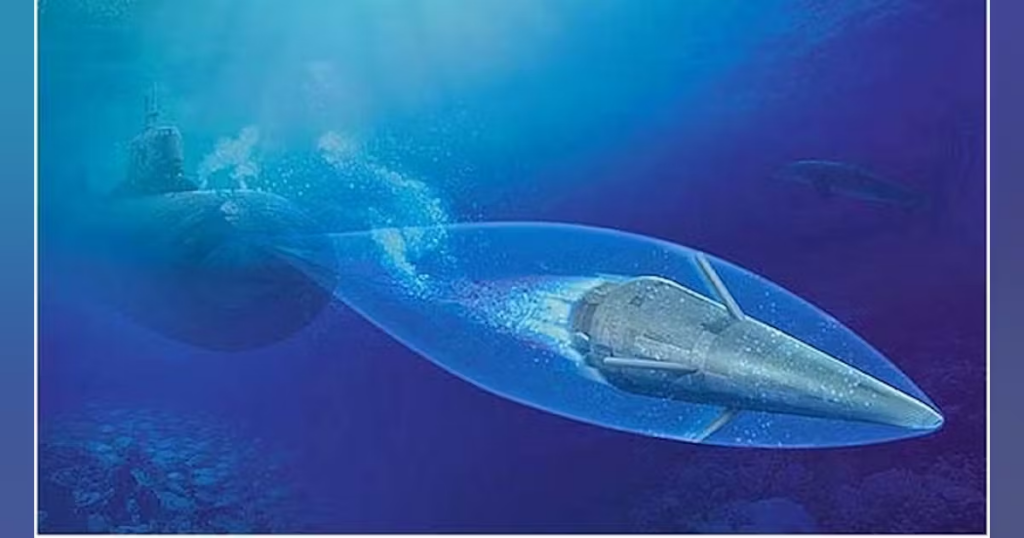
INTRODUCTION:
Super cavitating torpedoes are a type of high-speed underwater weapon that use the principle of super cavitation to minimize drag and achieve extremely high speeds compared to conventional torpedoes.
WORKINGS:
Supercavitation occurs when a gas bubble completely envelops an object moving through water, drastically reducing friction. This is achieved by:
- Specially Shaped Nose Cone: The torpedo has a cavitator (often a sharp, disk-shaped nose) that generates a vapor cavity as it moves.
- Gas Injection: Some designs inject gas (like exhaust gases or compressed air) into the cavity to sustain it.
- Minimal Water Contact: The torpedo effectively “flies” through the gas bubble rather than plowing through water, reducing drag by up to 90%.
ADVANTAGES:
- Extreme Speeds: Super cavitating torpedoes can travel at speeds of 200+ knots (370+ km/h), much faster than conventional torpedoes (typically 50 knots).
- Reduced Detection and Evasion Time: The high speed makes them difficult to detect and counter.
- Potential for High-Impact Kinetic Energy: At such speeds, even without explosives, the impact can be devastating.
DISADVANTAGES:
- Control Issues: Steering is difficult since traditional fins don’t work well inside the gas bubble. Some designs use small side thrusters.
- Short Range: Due to high-speed water resistance and power demands, fuel burns quickly.
- Complex Guidance: It’s harder to guide a supercavitating torpedo compared to traditional ones.
FUTURE DEVELOPMENT:
Researchers are working on improved guidance, longer range, and even super cavitating underwater missiles for greater operational flexibility.

